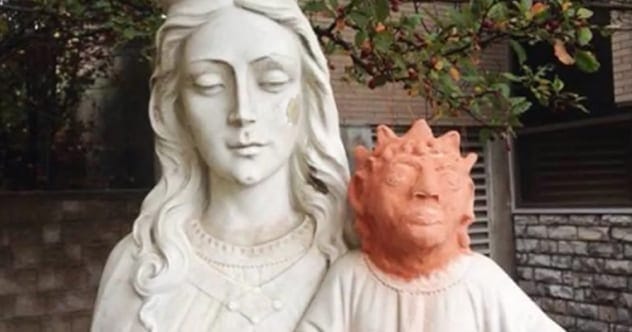Art restoration is a delicate dance between science, history, and artistry. When done right, it breathes new life into aging masterpieces, preserving them for generations. But when it goes wrong? Well, the results can be catastrophic—and sometimes, unintentionally hilarious. These ten art restoration attempts serve as cautionary tales, highlighting the importance of expertise, precision, and a deep understanding of the artwork’s original intent.
Get ready to cringe (and maybe chuckle) at these restoration fails that prove not everyone is cut out to handle priceless artifacts.
1. “Ecce Homo”—Zaragoza, Spain

Perhaps the most infamous example on our list, the “Ecce Homo” fresco in Borja, Spain, became an internet sensation for all the wrong reasons. Originally a delicate depiction of Jesus Christ, the painting was ‘restored’ by Cecilia Giménez, an amateur with good intentions but questionable skills.
Giménez, without any formal training, took it upon herself to repair the damaged fresco. The result? A blurry, monkey-like image that quickly became known as “Ecce Mono” (Behold the Monkey). While the restoration was a clear disaster, it inadvertently turned the small town of Borja into a tourist hotspot, proving that even a botched job can have a silver lining.
2. “The Virgin Mary And Baby Jesus”—Sudbury, Canada

When the head of a Baby Jesus statue was stolen from a church in Sudbury, Canada, artist Heather Wise stepped in to help. While her intentions were noble, the result was…unsettling. Wise created a temporary terracotta head that looked more like a character from a cartoon than a religious icon.
The mismatched head sparked widespread amusement and criticism, with many comparing it to “The Simpsons.” Fortunately, the original head was eventually returned, and Wise’s placeholder was removed. This incident highlights the challenges of replicating lost elements and the importance of matching the original style and materials.
3. The Great Wall Of China
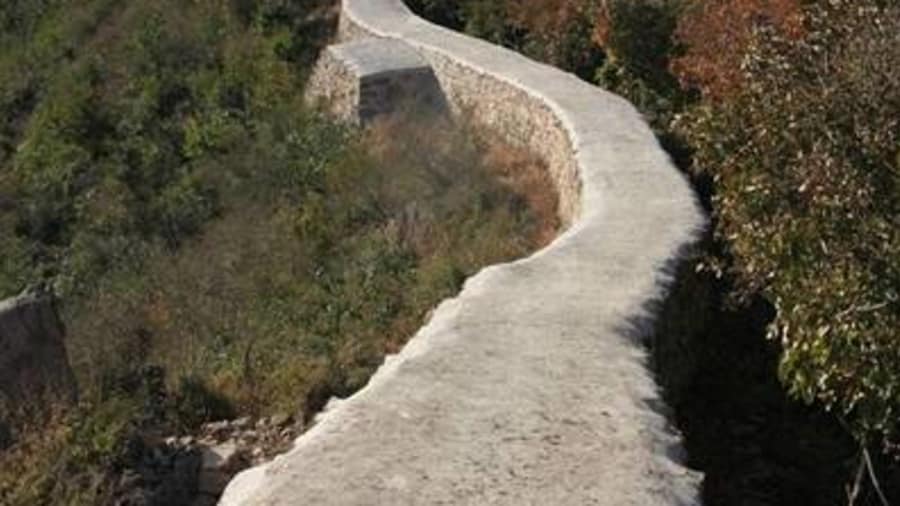
The Great Wall of China, a UNESCO World Heritage site, has undergone numerous restoration projects over the centuries. However, one particular effort in 2016 drew heavy criticism. A 780-meter section of the wall was covered in a thick layer of concrete, effectively erasing its historical texture and appearance.
Instead of carefully repairing the existing structure, the restorers opted for a quick and easy fix that transformed the ancient wall into a smooth, lifeless surface. This heavy-handed approach sparked outrage among historians and the public, who felt that the restoration had destroyed the wall’s original character and historical significance.
4. The Beard Of Tutankhamen’s Death Mask
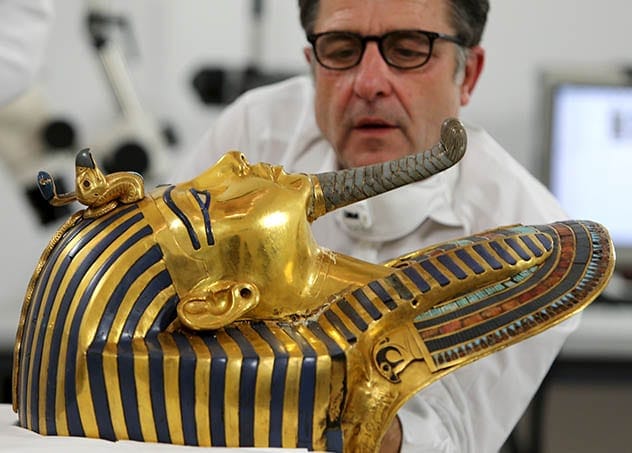
The golden mask of Tutankhamun is one of the most iconic artifacts from ancient Egypt. In 2014, disaster struck when the mask’s beard accidentally broke off during cleaning. What followed was a comedy of errors, as museum staff attempted to reattach the beard using epoxy glue.
The hasty repair resulted in visible glue residue and scratches on the mask’s surface. A team of German experts was later called in to rectify the situation, carefully removing the glue and reattaching the beard using a more appropriate method. This incident underscores the importance of proper handling and expertise when dealing with delicate historical objects.
5. The Castle Of Matrera, Spain
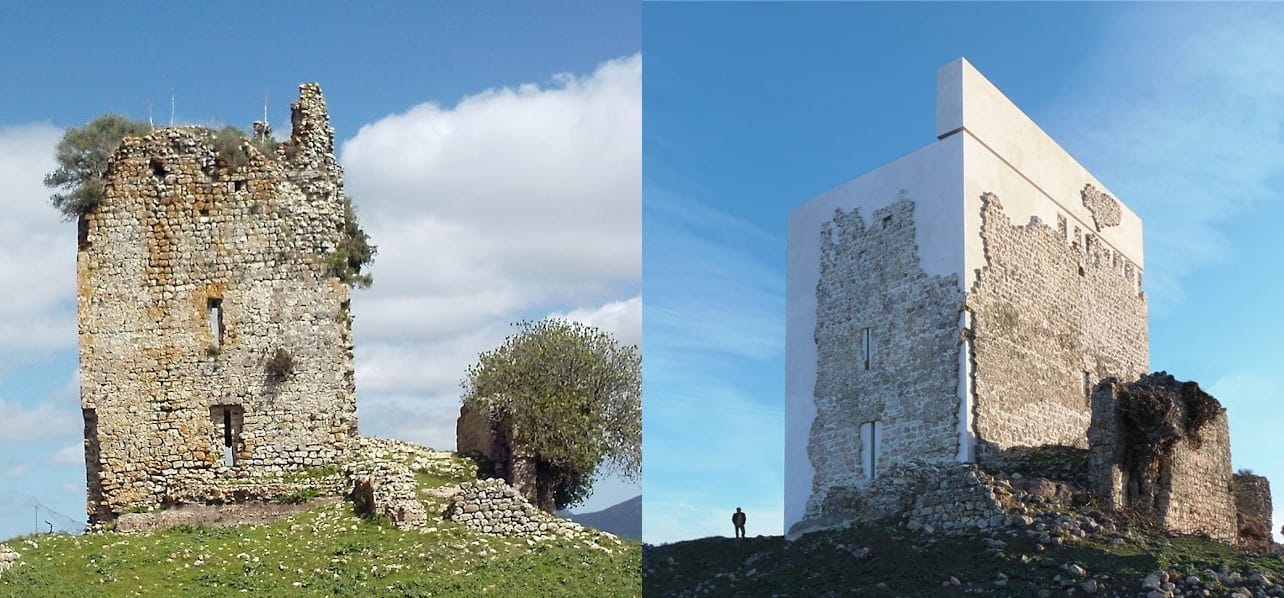
The Castle of Matrera, a 9th-century fortress in Spain, was partially destroyed over time. In 2015, a restoration project aimed to stabilize the remaining structure. However, the result was a modern-looking addition that clashed dramatically with the original architecture.
The restorers used white concrete to fill in the missing sections, creating a stark contrast between the old and the new. While the structural integrity of the castle was improved, many felt that the restoration had ruined its historical appearance. The project became a symbol of the debate between preservation and modernization in historical restoration.
6. “Saint George And The Dragon”—Estella, Spain
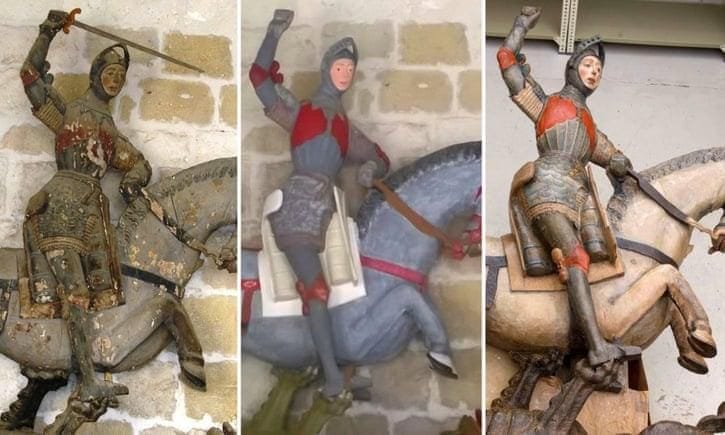
A 16th-century statue of Saint George and the Dragon in Estella, Spain, underwent a colorful but controversial restoration in 2018. A local artist was commissioned to repaint the statue, but the end result was more cartoonish than reverential.
Saint George’s face was transformed with rosy cheeks and simplified features, giving him a distinctly modern and somewhat comical appearance. The public outcry was immediate, and the statue was eventually “unrestored” to remove the offending paint job. This case highlights the importance of respecting the original artistic style and historical context when restoring religious art.
7. “Santa Bárbara”—Fortaleza De Santa Cruz, Brazil
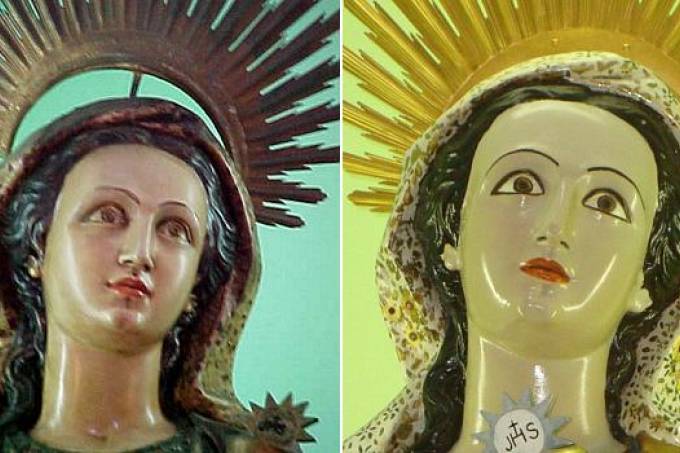
A 19th-century wooden statue of Santa Bárbara in Brazil received a rather shocking makeover in 2012. Conservators tasked with restoring the statue removed several layers of paint and replaced them with a new color scheme that was described as “Barbie-like”.
The statue’s skin was painted white, and she was given heavy eyeliner and brightly colored robes. The result was a garish and out-of-place appearance that clashed with the chapel’s traditional aesthetic. Critics argued that the restoration had destroyed the statue’s original character and replaced it with a generic and uninspired look.
8. “St. Anthony Of Padua,”—Soledad, Colombia

When a 17th-century statue of St. Anthony of Padua in Colombia was restored, parishioners were surprised by the statue’s new, more “effeminate” appearance. The artist, lacking formal restoration training, applied bright colors and makeup-like details to the statue’s face.
The restored St. Anthony appeared to be wearing lip gloss, eyeshadow, and blush, leading some to comment that he no longer looked like the same saint they had prayed to for years. This incident raises questions about the role of personal interpretation in art restoration and the importance of respecting the cultural and religious significance of the artwork.
9. Ocakli Ada Castle, Sile, Turkey
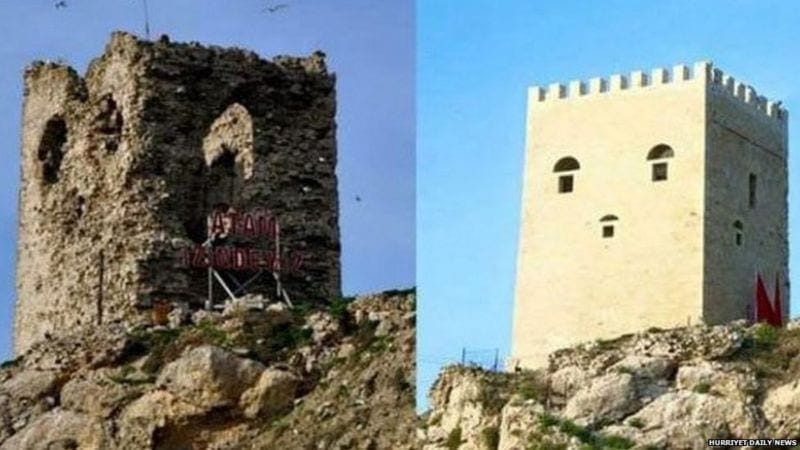
The Ocakli Ada Castle in Turkey, a 2,000-year-old watchtower, underwent a controversial restoration in 2015. The original stones were replaced with new materials, resulting in a sleek, modern-looking structure that bore little resemblance to the historical castle.
The restored castle was widely mocked online, with many comparing it to SpongeBob SquarePants. Critics argued that the restoration had destroyed the castle’s historical character and replaced it with a generic and aesthetically unappealing structure. This case highlights the challenges of balancing preservation with modernization in historical restoration projects.
10. Buddhist frescoes, Chaoyang, China

The Yunjie Temple in China was home to 270-year-old Qing Dynasty frescoes. In 2013, restorers decided that instead of restoring the original frescos, they would paint completely new images over the old, faded ones and the result was disastrous.
The new fresco looks like a cartoon that uses bright colors and does not reflect the time period that the original paintings were from. Officials in charge of the temple were fired, but the damage was done, and the original frescos were destroyed.
Art restoration is a complex and challenging field that requires a delicate balance of skill, knowledge, and respect for the original artwork. These ten examples serve as cautionary tales, reminding us that even with the best intentions, a restoration project can go horribly wrong. Whether it’s a botched paint job, a poorly executed repair, or a complete disregard for historical context, these restoration fails highlight the importance of expertise, precision, and a deep understanding of the artwork’s significance.
So, the next time you see a beautifully restored masterpiece, take a moment to appreciate the skill and care that went into preserving it. And remember, sometimes, the best thing you can do for a work of art is to leave it alone.
What do you think about these disastrous restoration attempts? Which one shocked you the most? Leave your comment below!


